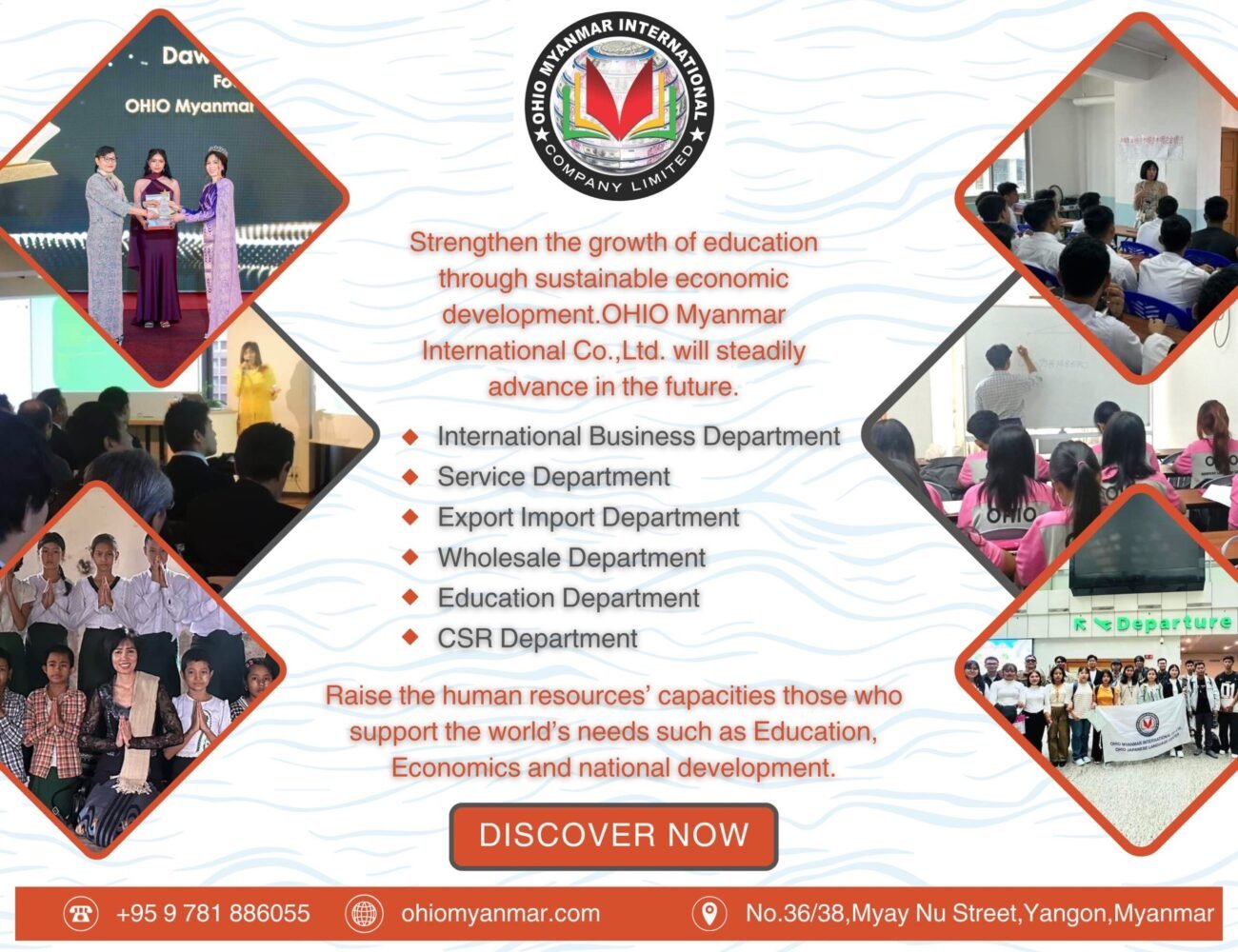
In the pursuit of global economic progress and gender equality, the issue of women’s economic empowerment has emerged as a critical focal point. Central to this discussion is the concept of financial inclusion, which seeks to provide women with equal access to financial services, resources, and opportunities. However, amidst the efforts and initiatives aimed at promoting financial inclusion for women, a pertinent question arises: is women’s economic empowerment through financial inclusion a myth or a fact?
The Promise of Financial Inclusion:
Financial inclusion, defined as the access to and usage of formal financial services, holds the promise of transforming the economic landscape for women worldwide. By ensuring women have access to banking services, credit, savings, insurance, and other financial tools, financial inclusion seeks to empower women economically, enabling them to participate more fully in the economy, make informed financial decisions, and improve their livelihoods.
The Reality of Gender Disparities:
Despite the aspirations of financial inclusion, the reality for many women around the world paints a starkly different picture. Gender disparities persist in access to financial services, with women facing numerous barriers that limit their financial inclusion. Structural and systemic factors such as legal constraints, cultural norms, limited educational opportunities, lack of collateral, and discriminatory practices often hinder women’s access to formal financial services.
In many regions, women are disproportionately excluded from the formal banking system, forcing them to rely on informal financial channels characterized by high transaction costs, limited services, and lack of security. This exclusion perpetuates a cycle of financial vulnerability and marginalization, inhibiting women’s ability to accumulate assets, invest in education and healthcare, and seize economic opportunities.
Breaking Barriers to Financial Inclusion:
Addressing the challenges of women’s financial inclusion requires a multifaceted approach that goes beyond mere access to banking services. It demands targeted interventions that address the root causes of gender disparities and empower women to overcome economic barriers. Key strategies include:
- Policy Reforms: Governments and policymakers play a crucial role in enacting policies and regulatory frameworks that promote gender equality and financial inclusion. Reforms such as eliminating legal barriers to women’s access to credit, property rights, and inheritance laws can help create an enabling environment for women’s economic empowerment.
- Financial Literacy and Education: Investing in financial literacy programs and education initiatives tailored to women can enhance their knowledge and understanding of financial concepts, products, and services. Empowering women with financial skills equips them to make informed decisions, manage household finances, and participate actively in economic activities.
- Technology and Innovation: Leveraging technology and digital innovations can expand women’s access to financial services, particularly in remote and underserved areas. Mobile banking, digital payments, and fintech solutions offer scalable and cost-effective means of reaching women, overcoming geographical barriers, and providing inclusive financial solutions.
- Partnerships and Collaboration: Collaboration among governments, financial institutions, civil society organizations, and private sector stakeholders is essential for advancing women’s financial inclusion agendas. Building strategic partnerships can mobilize resources, share best practices, and foster collective action towards achieving gender-responsive financial inclusion goals.
Towards a More Inclusive Future:
As financial inclusion for women continues to evolve, it is essential to evaluate its impact and effectiveness in promoting gender equality and economic empowerment. By measuring outcomes, identifying best practices, and addressing remaining challenges, we can ensure that financial inclusion initiatives translate into meaningful opportunities and outcomes for women across the globe.
Measuring outcomes and assessing the effectiveness of financial inclusion initiatives are crucial steps in understanding their impact on women’s lives. By examining data and gathering feedback from women themselves, we can gain insights into the barriers they face and the opportunities they seek. This data-driven approach enables us to tailor solutions that address the specific needs and challenges of women from diverse backgrounds and contexts.
Identifying best practices is another key aspect of advancing financial inclusion for women. By studying successful initiatives and innovative approaches, we can learn valuable lessons about what works and what doesn’t. Sharing these insights and replicating successful models can accelerate progress and drive meaningful change on a broader scale















